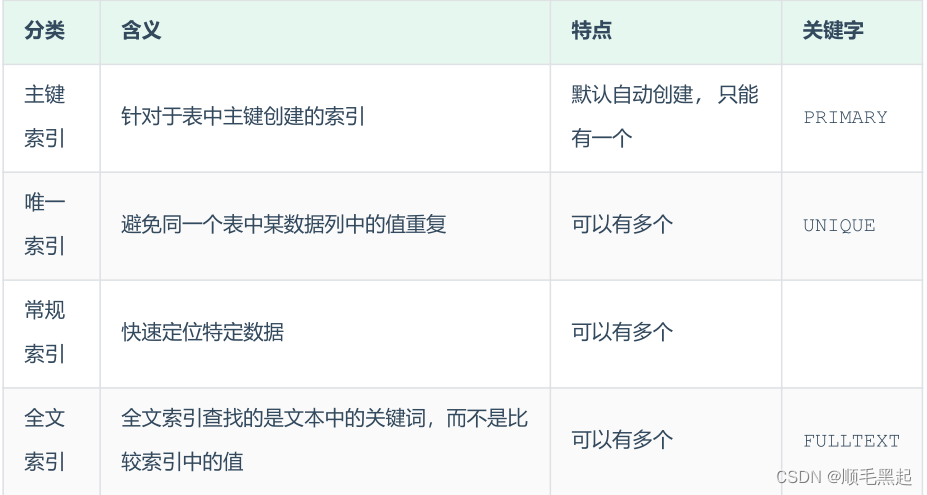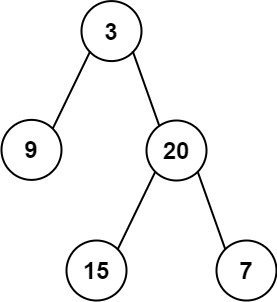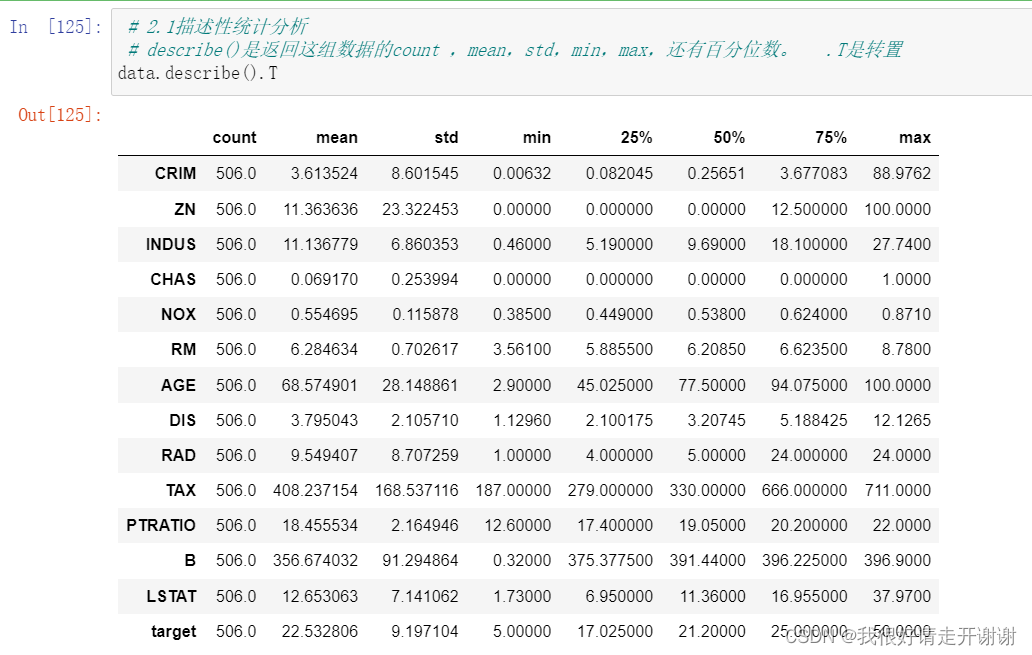当前位置:网站首页>【论文阅读】Further Non-local and Channel Attention Networks for Vehicle Re-identification
【论文阅读】Further Non-local and Channel Attention Networks for Vehicle Re-identification
2022-08-04 05:29:00 【≈落小朵】
问题: 类间差异小,类内差异大
提出:双分支自适应注意网络
在视觉皮层双流理论的启发下, 基于non-local和channel关系 ,构建了一个双分支FNC网络来捕获多种有用信息
(消除背景的影响)
Further Non-local and Channel attention (FNC) is constructed to simulate two-stream theory of visual cortex
提出了一种有效的 注意力融合方法 ,充分模拟了空间注意力和信道注意力的影响。
Proposed method
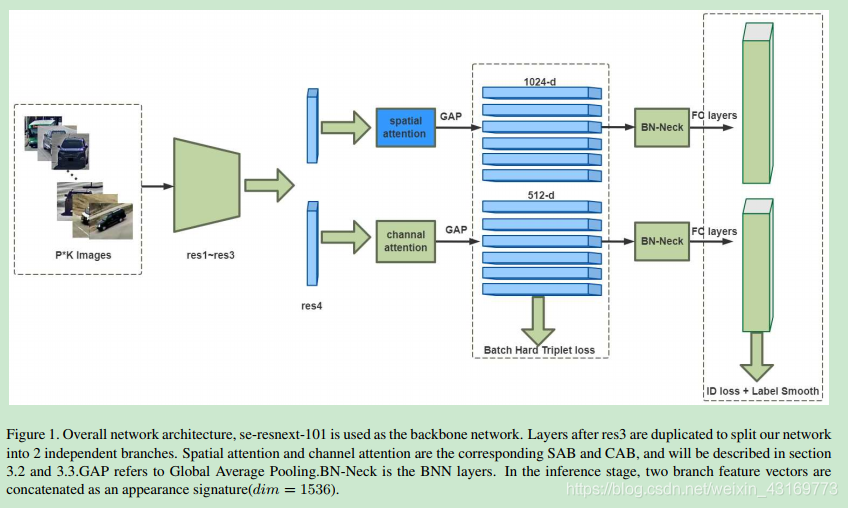
Then, we change the last spatial down-sampling operation stride from 2 to 1 to provide a large spatial view for the spatial attention module, thereby capturing highly detailed spatial correlations. ????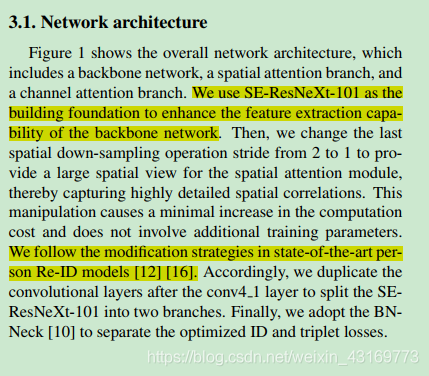
The spatial attention block (SAB)
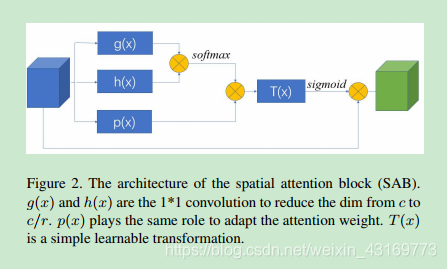
正常的non-local结构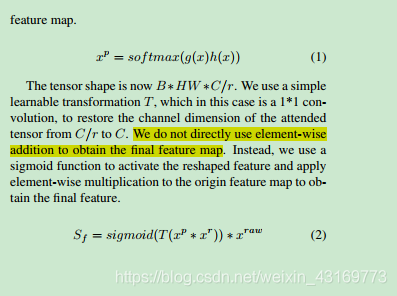
中间是不是少写了一个公式,中间的相似图和T相乘的没有写,后面的 x? 是什么意思?
- 正常的non-local结构是直接相加在一起,但是这篇文章选择采用sigmoid函数激活(是可以获得更加显著的特征么)
利用sigmoid函数,可以增加权值对特征图的影响,并引入非线性因素(这部分-----)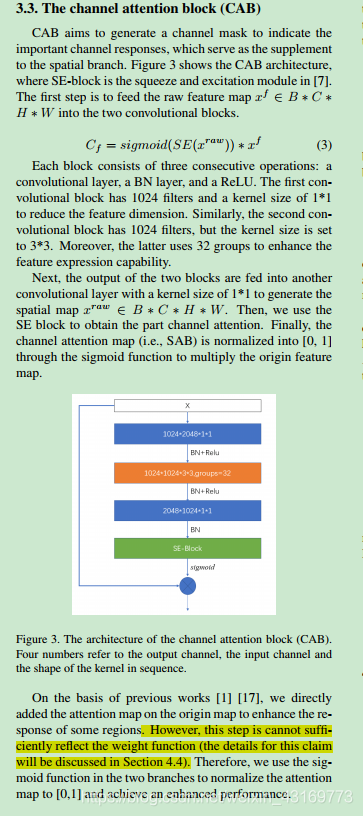
通道注意力结构
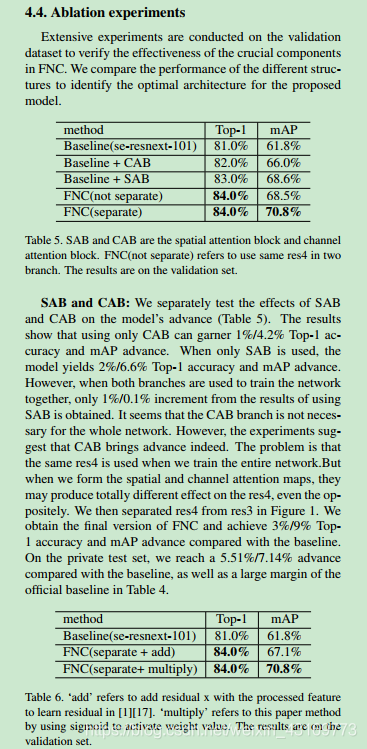
SAB的作用不大
Then, we change the last spatial down-sampling operation stride from 2 to 1 to provide a large spatial view for the spatial attention module, thereby capturing highly detailed spatial correlations. 调整下采样的步长
边栏推荐
猜你喜欢
随机推荐
Data reading in yolov3 (1)
审稿意见回复
postgres 递归查询
光条提取中的连通域筛除
PP-LiteSeg
【深度学习21天学习挑战赛】0、搭建学习环境
动手学深度学习_线性回归
TensorFlow2学习笔记:6、过拟合和欠拟合,及其缓解方案
ConnectionRefusedError: [Errno 111] Connection refused问题解决
Briefly say Q-Q map; stats.probplot (QQ map)
[Introduction to go language] 12. Pointer
MFC 打开与保存点云PCD文件
Th in thymeleaf: href use notes
SQL练习 2022/7/3
多项式回归(PolynomialFeatures)
(十三)二叉排序树
剑指 Offer 2022/7/4
(十)树的基础部分(一)
oracle的number与postgresql的numeric对比
YOLOV4流程图(方便理解)
![[CV-Learning] Convolutional Neural Network Preliminary Knowledge](/img/7d/58d9649b06e78eeb019d63615a90c4.png)

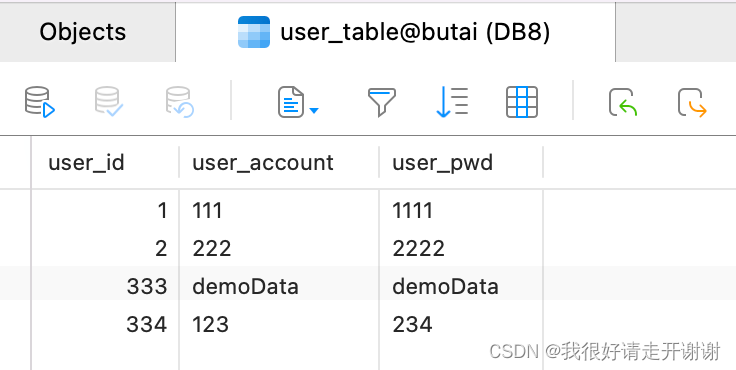
![[Introduction to go language] 12. Pointer](/img/c8/4489993e66f1ef383ce49c95d78b1f.png)
